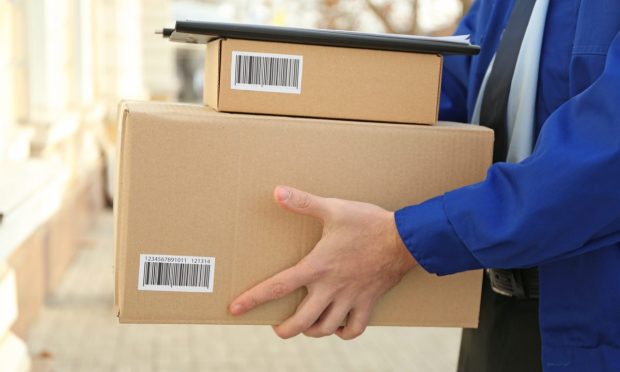Connected Fleets Put Retailers in Charge of ‘Delightful Delivery’

Companies offering last-mile delivery should aim to provide a good experience for everyone involved — customers, delivery drivers and dispatchers.
“We think a lot about delight at Onfleet — specifically delightful delivery,” Onfleet CEO and Co-Founder Khaled Naim told PYMNTS.
Onfleet announced Tuesday (June 7) that it had raised $23 million in a Series B funding round to continue to enhance its last-mile delivery management software platform.
Read more: Last-Mile Delivery Firm Onfleet Raises $23M in Series B Round
Speaking with PYMNTS Monday (June 6), the day before the announcement, Naim said Onfleet aims to help companies meet the increasing expectations consumers have around delivery.
“You can’t go wrong by providing faster, cheaper deliveries to your customers, right?” Naim said. “Amazon figured this out a long time ago, and we exist to help the rest of the world kind of keep up with that.”
Keeping Recipients Informed Every Step of the Way
For consumers, several aspects of the last-mile delivery contribute to a “delightful delivery” experience, Naim said. It starts with providing visibility through vehicle tracking and keeping the recipients informed every step of the way through order status notifications.
Beyond that, it includes providing recipients with an easy way to contact the driver, delivering on time and collecting proof of the delivery. The latter can include providing a picture of the item and where it was placed or allowing recipients to sign for the delivery on their own devices — a feature that proved valuable earlier in the pandemic.
For drivers, “delightful delivery management” includes supplying them with simple, intuitive devices and enabling them to make more money in less time. To see what drivers think of the apps available in the category, compare the ratings on the App Store and Google Play, Naim suggested.
This is especially important at a time of driver shortages and supply-chain challenges.
“With high turnover with drivers, it’s very costly to bring them on and onboard them just to have them leave a few days later,” Naim said. “So having the technology platform, having driver apps that drivers really love to use, actually improves retention.”
Driving a Great Customer Experience
Dispatchers and operations managers, too, can be delighted by a platform that is intuitive, reliable and enjoyable to use while helping them do their job, Naim said.
This includes having visibility of the company’s drivers and the status of each delivery, improving the efficiency of routes and being able to tell customers with a high degree of accuracy when they can expect their orders.
Today, dispatchers and operations managers can optimize their ability to do so with the help of route optimization software, machine learning and other advanced technology.
“While basically playing a video game, they’re driving efficiency and driving a really great customer experience,” Naim said.
Moving From Pen and Paper to Technology
The tech that facilitates these experiences is new to many companies in this space. Most of the customers now using the Onfleet platform were using pen and paper at the time they started working with the platform, Naim said.
Among the categories of retailers that are now increasingly digitizing their last-mile delivery operations are food and beverage, pharmacy and retail — including everything from dry cleaning to flowers to furniture.
For these and other companies that provide last-mile deliveries, visibility to customers has become table stakes, and it’s an ability that benefits the drivers and the retailer as well, Naim said.
For example, when a driver needs to collect a signature or hand an item directly to the recipient, it’s best for both parties if there’s visibility around the delivery’s estimated time of arrival.
“It not only improves the customer experience, but also it improves the efficiency of the operation by minimizing the amount of time that the drivers spend on site waiting for the customer to answer the door,” Naim said.
